Do you have a question about the Linksys FGMM1000 and is the answer not in the manual?
Identifies and explains the LEDs and antenna terminals on the front of the FGMM1000.
Describes the ports, reset button, and SIM card slot on the FGMM1000's bottom panel.
Provides a link to Linksys.com/support/FGMM1000 for documentation and help.
Step-by-step guide for installing the FGMM1000, including SIM card, power, and network connections.
Instructions for logging into the router interface using default credentials.
Details on drilling holes and preparing for wall mounting the device.
Steps for attaching the router to pre-drilled wall mounting holes using screws.
Visual representation of the FGMM601's front appearance.
Details the ports, indicators, and buttons on the back of the FGMM601.
Describes the ports, reset button, and SIM card slot on the FGMM601's bottom panel.
Provides a link to Linksys.com/support/FGMM601 for documentation and help.
Step-by-step guide for installing the FGMM601 using PoE adapter and SIM card.
Instructions for logging into the router interface for FGMM601.
Describes assembling the wall mount holder for the FGMM601.
Instructions for attaching the router to a pole using mounting hardware.
Steps for tightening nuts to secure the mounting kit to a pole.
Provides a snapshot of router performance, settings, and vital statistics.
Lists connected clients, their MAC/IP addresses, and connection types.
Configuration of network attachment status and carrier identification.
Choose between 4G/NR5G and SA/NSA modes for network connection.
Manually or automatically set APN settings and create profiles.
View and edit WiFi name (SSID), password, and other settings.
Enable or disable IP address filtering and WAN port ping.
Configure rules to filter incoming/outgoing traffic based on IP and port.
Place the router in bridge mode to avoid IP address conflicts.
Configure LAN IP settings and set up the router as a DHCP server.
Allow external devices to access LAN services via port forwarding.
Assign a DMZ host IP to allow access to risky external services.
Enable UPnP IGD to limit services to compatible devices.
Configure RS232 serial interfaces for data transmission over the network.
Configure RS485 serial interfaces for data transmission over the network.
Enable ALG for SIP, TFTP, or FTP traffic facilitation.
Configure router name, session timeout, and NTP server settings.
Create or upload configuration files to manage router settings.
Reset all router settings to their factory default values.
Update the router's firmware manually or automatically.
Restart the router to refresh its system.
Displays MAC addresses, IMEI, serial number, and firmware version.
Lists dimensions, weight, voltage, certifications, and operating/storage conditions.
Lists dimensions, weight, enclosure rating, and operating/storage conditions.
Identifies and explains the LEDs and antenna terminals on the front of the FGMM1000.
Describes the ports, reset button, and SIM card slot on the FGMM1000's bottom panel.
Provides a link to Linksys.com/support/FGMM1000 for documentation and help.
Step-by-step guide for installing the FGMM1000, including SIM card, power, and network connections.
Instructions for logging into the router interface using default credentials.
Details on drilling holes and preparing for wall mounting the device.
Steps for attaching the router to pre-drilled wall mounting holes using screws.
Visual representation of the FGMM601's front appearance.
Details the ports, indicators, and buttons on the back of the FGMM601.
Describes the ports, reset button, and SIM card slot on the FGMM601's bottom panel.
Provides a link to Linksys.com/support/FGMM601 for documentation and help.
Step-by-step guide for installing the FGMM601 using PoE adapter and SIM card.
Instructions for logging into the router interface for FGMM601.
Describes assembling the wall mount holder for the FGMM601.
Instructions for attaching the router to a pole using mounting hardware.
Steps for tightening nuts to secure the mounting kit to a pole.
Provides a snapshot of router performance, settings, and vital statistics.
Lists connected clients, their MAC/IP addresses, and connection types.
Configuration of network attachment status and carrier identification.
Choose between 4G/NR5G and SA/NSA modes for network connection.
Manually or automatically set APN settings and create profiles.
View and edit WiFi name (SSID), password, and other settings.
Enable or disable IP address filtering and WAN port ping.
Configure rules to filter incoming/outgoing traffic based on IP and port.
Place the router in bridge mode to avoid IP address conflicts.
Configure LAN IP settings and set up the router as a DHCP server.
Allow external devices to access LAN services via port forwarding.
Assign a DMZ host IP to allow access to risky external services.
Enable UPnP IGD to limit services to compatible devices.
Configure RS232 serial interfaces for data transmission over the network.
Configure RS485 serial interfaces for data transmission over the network.
Enable ALG for SIP, TFTP, or FTP traffic facilitation.
Configure router name, session timeout, and NTP server settings.
Create or upload configuration files to manage router settings.
Reset all router settings to their factory default values.
Update the router's firmware manually or automatically.
Restart the router to refresh its system.
Displays MAC addresses, IMEI, serial number, and firmware version.
Lists dimensions, weight, voltage, certifications, and operating/storage conditions.
Lists dimensions, weight, enclosure rating, and operating/storage conditions.
| Model | FGMM1000 |
|---|---|
| Category | Wireless Router |
| Frequency Bands | 2.4 GHz, 5 GHz |
| WAN Port | 1 |
| USB Ports | 1 |
| Security | WPA3 |
| Ethernet Ports | 4 |

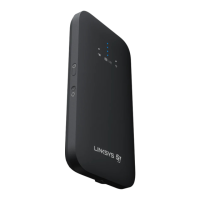
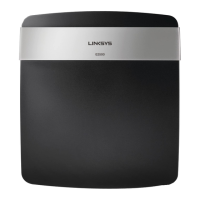

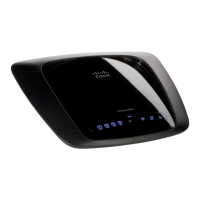
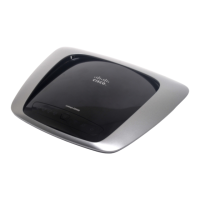
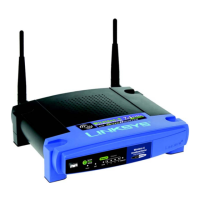
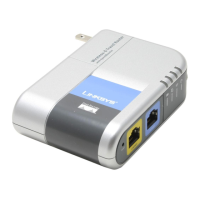
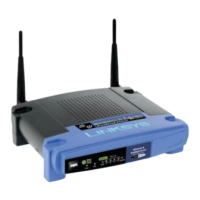
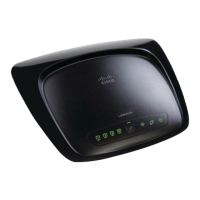
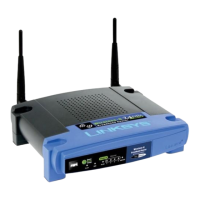

